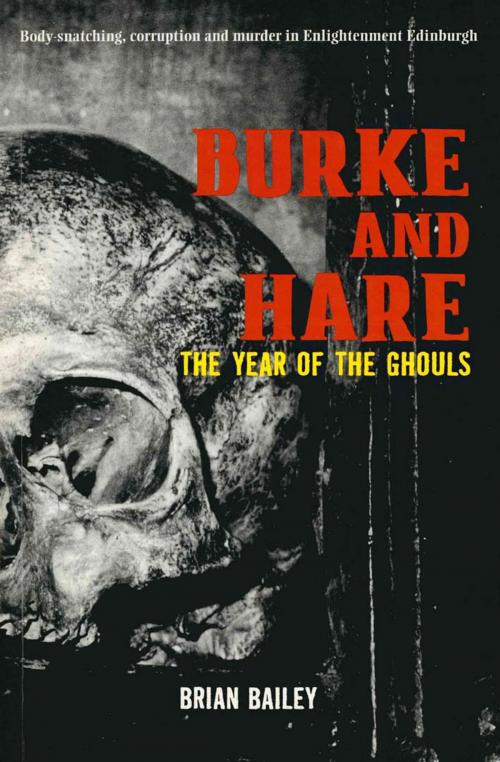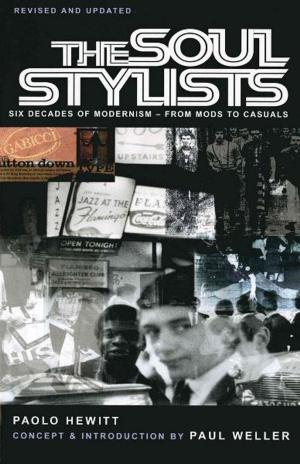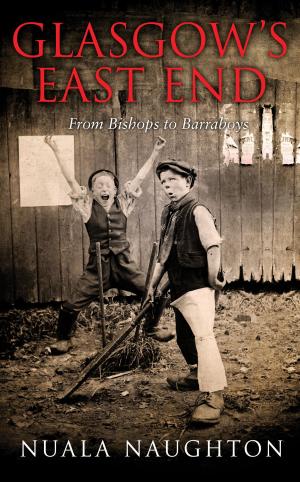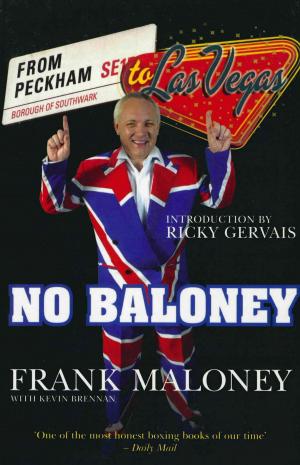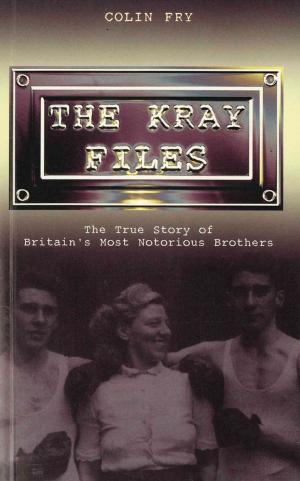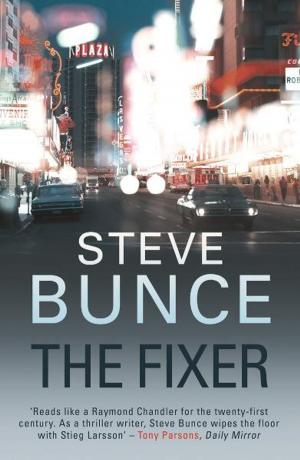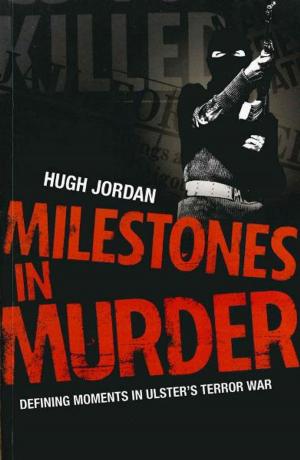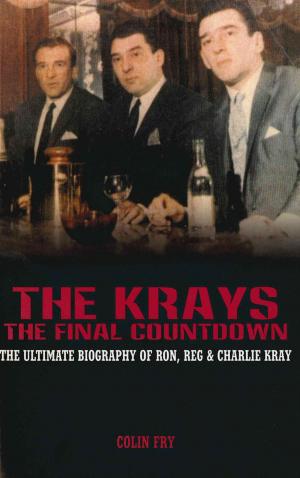Burke and Hare
The Year of the Ghouls
Nonfiction, Social & Cultural Studies, Social Science, Crimes & Criminals, Criminology, History| Author: | Brian Bailey | ISBN: | 9781780573755 |
| Publisher: | Mainstream Publishing | Publication: | October 14, 2011 |
| Imprint: | Mainstream Digital | Language: | English |
| Author: | Brian Bailey |
| ISBN: | 9781780573755 |
| Publisher: | Mainstream Publishing |
| Publication: | October 14, 2011 |
| Imprint: | Mainstream Digital |
| Language: | English |
'My Lord, You are aware that, at this moment, the public feeling is strongly excited against the perpetrators of the late foul and cold blooded murders that have taken place in the very centre of a populous and civilised city . . . Your Lordship is aware, that in all civilized nations, blood calls for blood . . .'
From ' Letter to the Lord Advocate . . . By The Echo of Surgeons' Square'
Early nineteenth century Edinburgh was gripped by fear of body snatchers. New graves were constantly under threat from unscrupulous ghouls keen to profit from the medical school's voracious appetite for corpses. In 1828, Burke and Hare, a pair of opportunistic low-lives, took the practice to a new extreme. They murdered at least 16 innocent victims, including a 12-year-old boy, in the name of medical science - and the freshness of the corpses they delivered for dissection earned them extra money.
The names of Burke and Hare have become synonymous with body-snatching, but the true details of their crimes have been obscured by mythology and questions still surround the case. In Enlightenment Edinburgh, how were Burke and Hare able to carry on their repulsive and murderous trade undetected for so long? Why was only one of the homicidal due brought to justice? And what were the roles of Burke and Hare's common-law wives, the medical students who took delivery of the corpses and Dr Robert Knox, the distinguished teacher of anatomy whose dissecting table was the final resting place of the unfortunate victims?
Bailey reveals a sordid side to a society which was famed for its intellectual and progressive thinking, yet depended on predatory criminals for the advance of medical knowledge. In this compulsive and absorbing book, the evidence is thoroughly re-examined - and startling conclusions are reached.
'My Lord, You are aware that, at this moment, the public feeling is strongly excited against the perpetrators of the late foul and cold blooded murders that have taken place in the very centre of a populous and civilised city . . . Your Lordship is aware, that in all civilized nations, blood calls for blood . . .'
From ' Letter to the Lord Advocate . . . By The Echo of Surgeons' Square'
Early nineteenth century Edinburgh was gripped by fear of body snatchers. New graves were constantly under threat from unscrupulous ghouls keen to profit from the medical school's voracious appetite for corpses. In 1828, Burke and Hare, a pair of opportunistic low-lives, took the practice to a new extreme. They murdered at least 16 innocent victims, including a 12-year-old boy, in the name of medical science - and the freshness of the corpses they delivered for dissection earned them extra money.
The names of Burke and Hare have become synonymous with body-snatching, but the true details of their crimes have been obscured by mythology and questions still surround the case. In Enlightenment Edinburgh, how were Burke and Hare able to carry on their repulsive and murderous trade undetected for so long? Why was only one of the homicidal due brought to justice? And what were the roles of Burke and Hare's common-law wives, the medical students who took delivery of the corpses and Dr Robert Knox, the distinguished teacher of anatomy whose dissecting table was the final resting place of the unfortunate victims?
Bailey reveals a sordid side to a society which was famed for its intellectual and progressive thinking, yet depended on predatory criminals for the advance of medical knowledge. In this compulsive and absorbing book, the evidence is thoroughly re-examined - and startling conclusions are reached.
